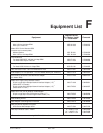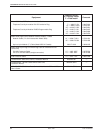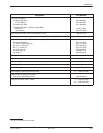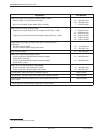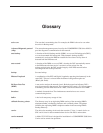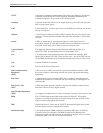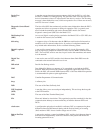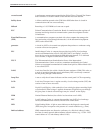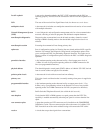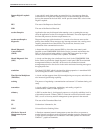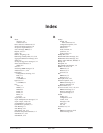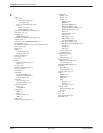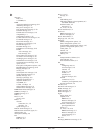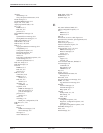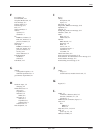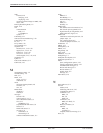
Glossary
Glossary-53550-A2-GB20-30 March 1999
Local Loopback A test used to determine whether the DSU’s DTE connection and the DSU are
operating properly. The DSU must be connected to the DTE for this loopback to be
run.
LSD The state of the received Line Signal Detect lead, also known as carrier detect.
multipoint circuit A data network circuit that uses multipoint transmission and consists of one control
with multiple tributaries.
Network Management System
(NMS)
A set of diagnostic and configuration management tools for a data communication
network, consisting of software programs and dedicated computer hardware.
non-disruptive diagnostics Diagnostics that are transmitted over the in-band secondary channel or routed
through a DBM in Standby mode so that bandwidth assigned to the data is not
affected.
non-disruptive session Executing the command will not disrupt primary data.
option sets Sets of configuration options (or libraries) that are related and that fulfill a specific
function. For example, the Diagnostic (Diag branch) configuration options allow
you to configure the DSU for performing diagnostic functions. This option set (or
library) contains 16 configuration options related to the DSU’s or DBM’s diagnostic
operation.
permissive interface A dial modem operating mode characterized by a fixed output power level of
–9 dBm. It is one of two possible operating modes for a DBM connected to dial
lines (see programmable interface).
physical address The shared diagnostic control panel (SDCP) address of a Model 3551 DSU derived
from its carrier address and physical slot number.
point-to-point circuit A data network circuit with one control and one tributary.
primary core This is the circuit card function that is normally running when power is supplied to
the unit.
programmable interface A dial modem operating mode characterized by an output power level (–12 to
0 dBm), set by a programming resistor in the datajack. It is one of two possible
operating modes for a DBM connected to dial lines (see permissive interface).
PSTN Public Switched Telephone Network (also called the dial network).
rate adaption Used when the DSU or DBM operates at a speed greater than the DTE. This
capability is enabled automatically when the port speed is set lower than the line
speed.
rear connector plate A plate that contains two DTE connectors and is installed on the COMSPHERE
3000 Series Carrier. The rear connector plate allows the removal of a Model 3551
DSU from the front of the carrier without having to disconnect the DTE cables.
receiver A circuit that accepts data signals from a transmitter.



